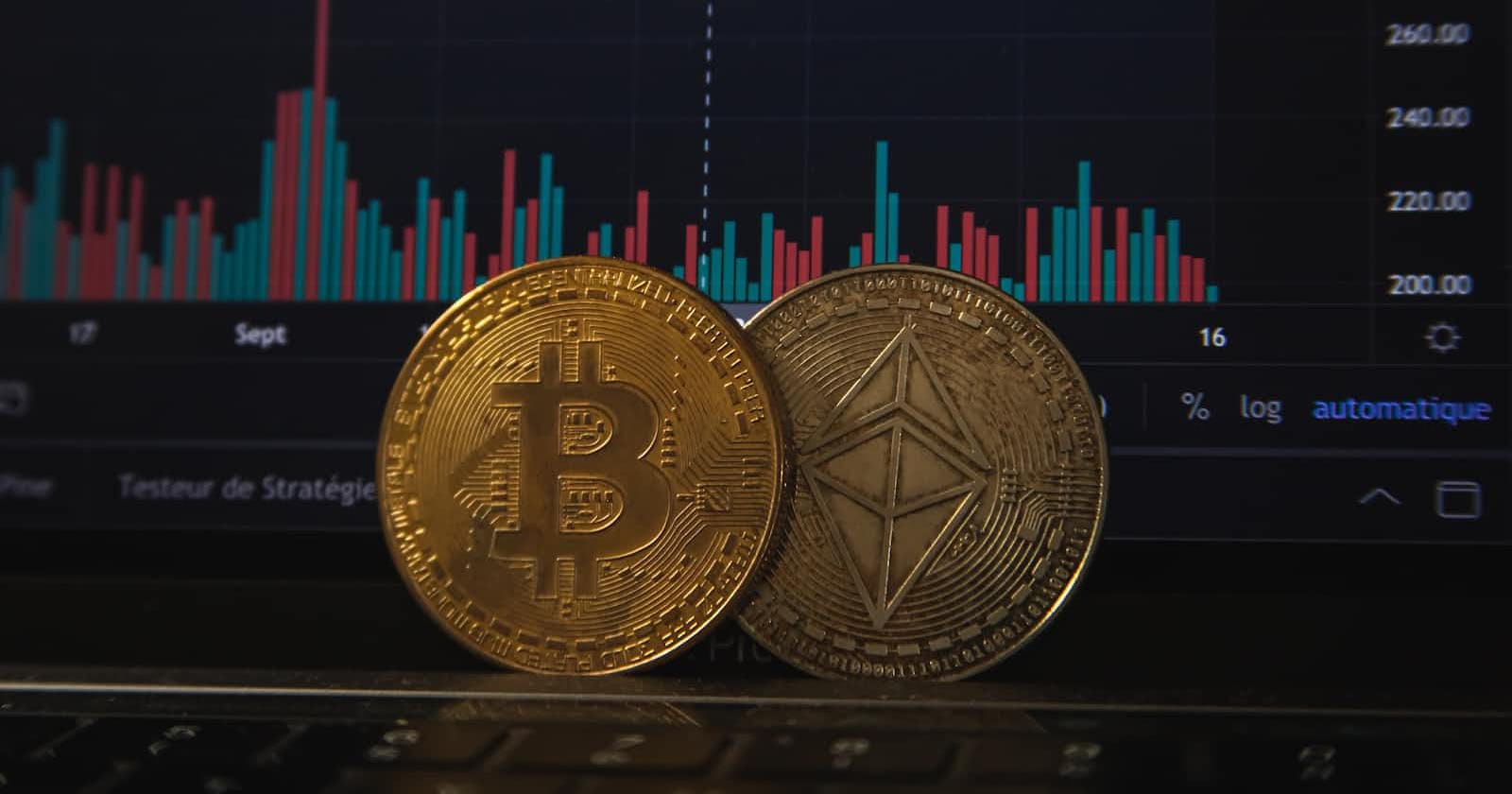
Photo by Pierre Borthiry - Peiobty on Unsplash
Blockchain and its applications beyond cryptocurrency
Blockchain is a technology that allows data to be stored and transferred in a secure, decentralized and transparent way. It is often associated with cryptocurrencies like Bitcoin and Ethereum, which use blockchain to record and verify transactions without intermediaries. However, blockchain has many other potential applications that go beyond the financial sector. In this article, we will explore some of the most popular and promising use cases of blockchain in various domains.
What is blockchain?
Blockchain is essentially a distributed ledger that records data in blocks that are linked together by cryptographic hashes. Each block contains a timestamp, a nonce (a random number), and the hash of the previous block. This creates a chain of blocks that cannot be altered or tampered with without breaking the consistency of the whole chain.
Blockchain networks can be public or private, depending on who can access and participate in them. Public blockchains are open to anyone who wants to join and validate transactions, while private blockchains are restricted to a specific group of authorized entities. Public blockchains are more transparent and decentralized, but also more prone to scalability issues and security risks. Private blockchains are more efficient and secure, but also more centralized and less democratic.
Blockchain networks can also use different consensus mechanisms to achieve agreement among nodes on the validity of transactions. Some of the most common consensus algorithms are proof-of-work (PoW), proof-of-stake (PoS), proof-of-authority (PoA), proof-of-elapsed-time (PoET), Byzantine fault tolerance (BFT) and delegated BFT (dBFT). Each consensus algorithm has its own advantages and disadvantages in terms of speed, security, energy consumption and governance.
Why use blockchain?
Blockchain offers several benefits over traditional databases and systems:
Immutability: Blockchain data cannot be modified or deleted once it is recorded on the ledger. This ensures data integrity and prevents fraud, corruption and censorship.
Transparency: Blockchain data is visible to anyone who has access to the network. This enables trustless verification and auditability of transactions and processes.
Decentralization: Blockchain data is distributed among multiple nodes that operate independently from each other. This eliminates single points of failure and reduces dependency on intermediaries.
Security: Blockchain data is protected by cryptography and consensus algorithms that make it difficult for attackers to compromise or manipulate the network.
Efficiency: Blockchain data can be transferred faster and cheaper than traditional methods that involve intermediaries and fees.
How can blockchain be used?
Blockchain can be used for various purposes across different industries and sectors. Here are some examples:
Banking
Banking is one of the most obvious applications of blockchain, as it can improve the efficiency, security and transparency of financial transactions and services. Blockchain can enable peer-to-peer payments, cross-border remittances, digital identity verification, asset tokenization, smart contracts, trade finance, lending and more. Some examples of blockchain projects in banking are Ripple, Stellar, JPMorgan's Quorum and IBM's World Wire.
Healthcare
Healthcare is another sector that can benefit from blockchain, as it can enhance data sharing, privacy and interoperability among healthcare providers, patients and researchers. Blockchain can enable the secure storage and exchange of medical records, personal health information, clinical trial data, drug supply chain tracking, insurance claims processing, patient consent management and more. Some examples of blockchain projects in healthcare are Medicalchain, MediBloc, and Nebula Genomics.
Law Enforcement
Law enforcement agencies can use blockchain to improve their operations and collaboration with other stakeholders. Blockchain can enable digital evidence management, crime reporting, identity verification, forensic analysis, anti-money laundering compliance, cybersecurity, smart policing and more.
Some examples of blockchain projects in law enforcement are Chainalysis, Evernym, Civic and Factom.
Voting
Voting is another domain that can leverage blockchain to increase trust, transparency and participation in democratic processes.
Blockchain can enable secure online voting, voter registration, identity verification, vote counting, audit trails, fraud prevention and more.
Some examples of blockchain projects in voting are Voatz, Follow My Vote, Agora and Horizon State.
IoT (Internet of Things)
IoT refers to the network of physical devices, sensors, and other objects that can communicate and exchange data over the Internet. IoT enables various applications such as smart homes, smart cities, supply chain management, and industrial automation.
Blockchain can enhance IoT by providing a decentralized and distributed ledger that can store and verify transactions and data from billions of devices. Blockchain can also improve the security, reliability, and scalability of IoT networks by eliminating the need for central control and management. Blockchain can also enable smart contracts that can automate actions based on predefined rules and conditions.
Some examples of blockchain projects in IoT are IOTA, VeChain, Waltonchain, and Helium.
Conclusion
Blockchain is more than just a technology for cryptocurrencies. It has many other applications that can transform various industries and sectors. By using blockchain, we can achieve more security, transparency, efficiency and decentralization in our data and transactions. Blockchain can also enable new opportunities and innovations that can benefit society as a whole.
If you want to learn more about blockchain and its potential impact on different domains, here are some resources that you can check out:
